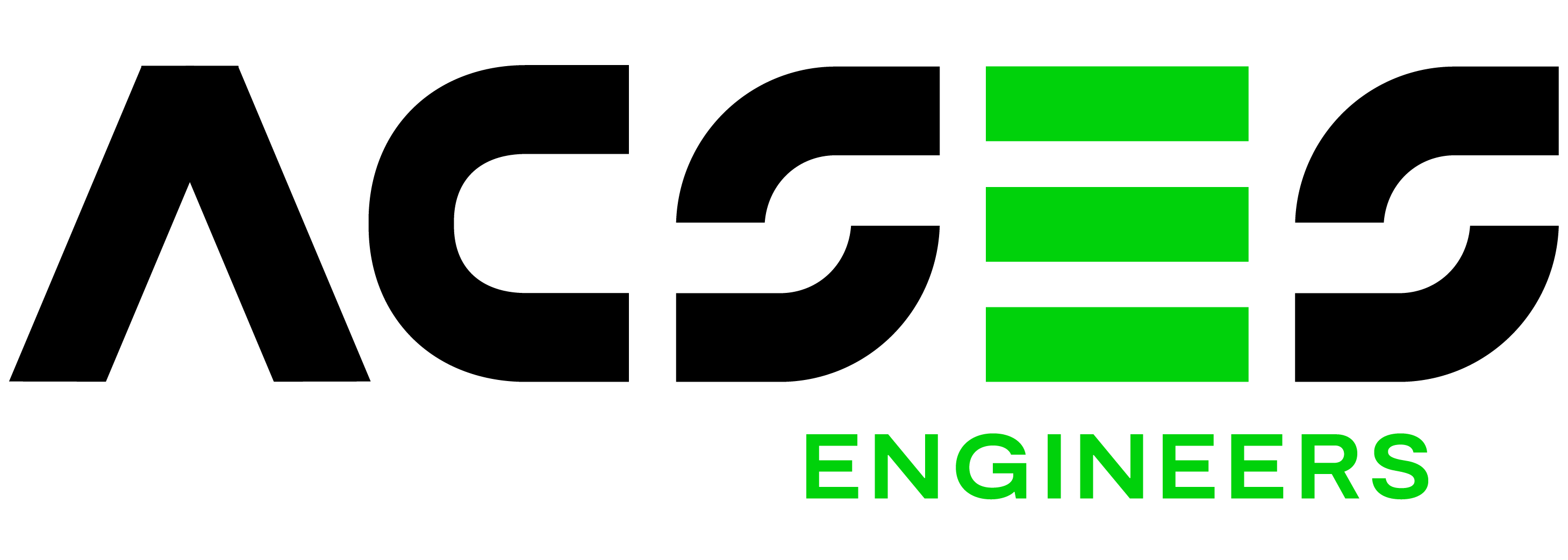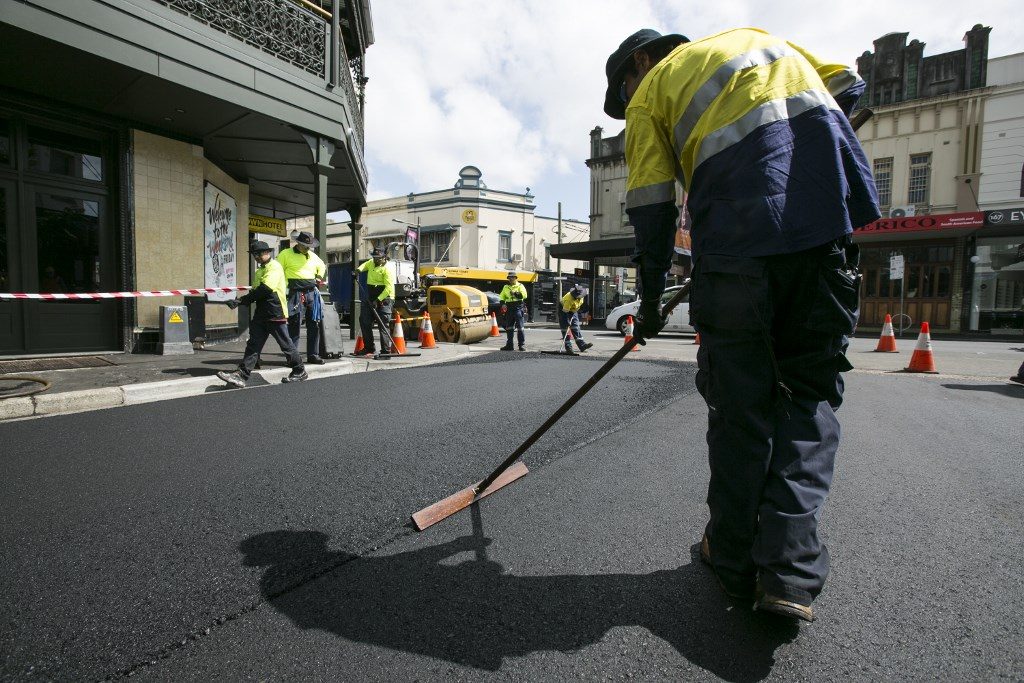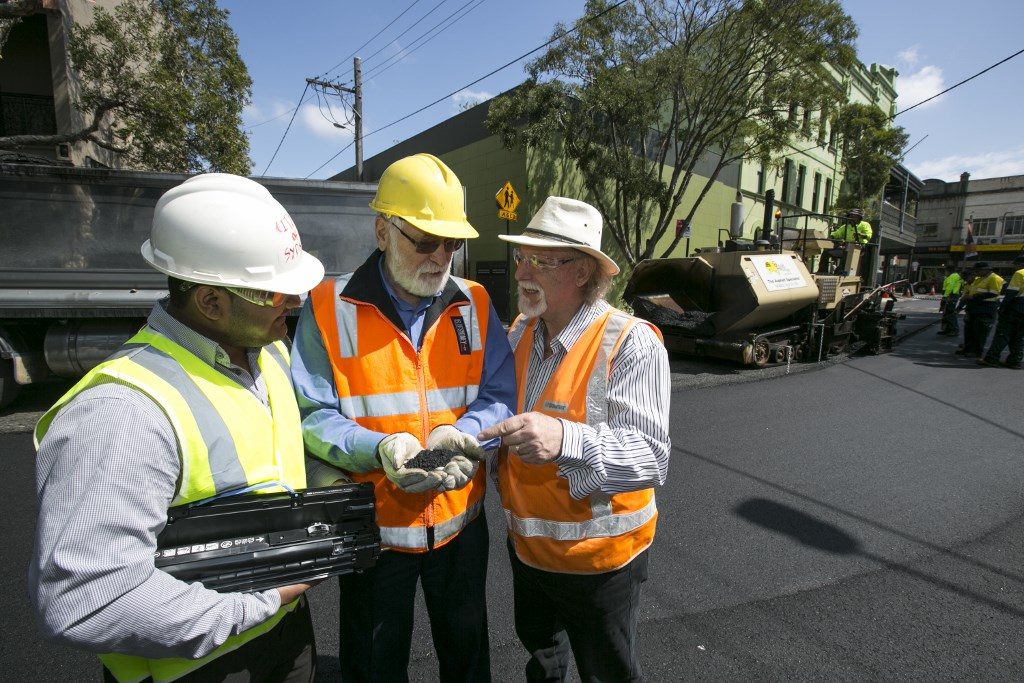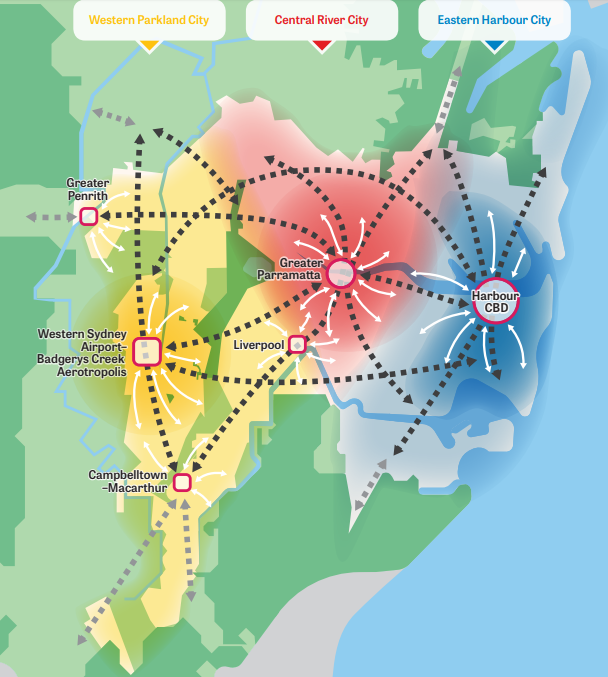To celebrate International Women’s Day, we’d like to highlight ten of the most powerful female engineers of the modern world.
Microsoft’s Peggy Johnson
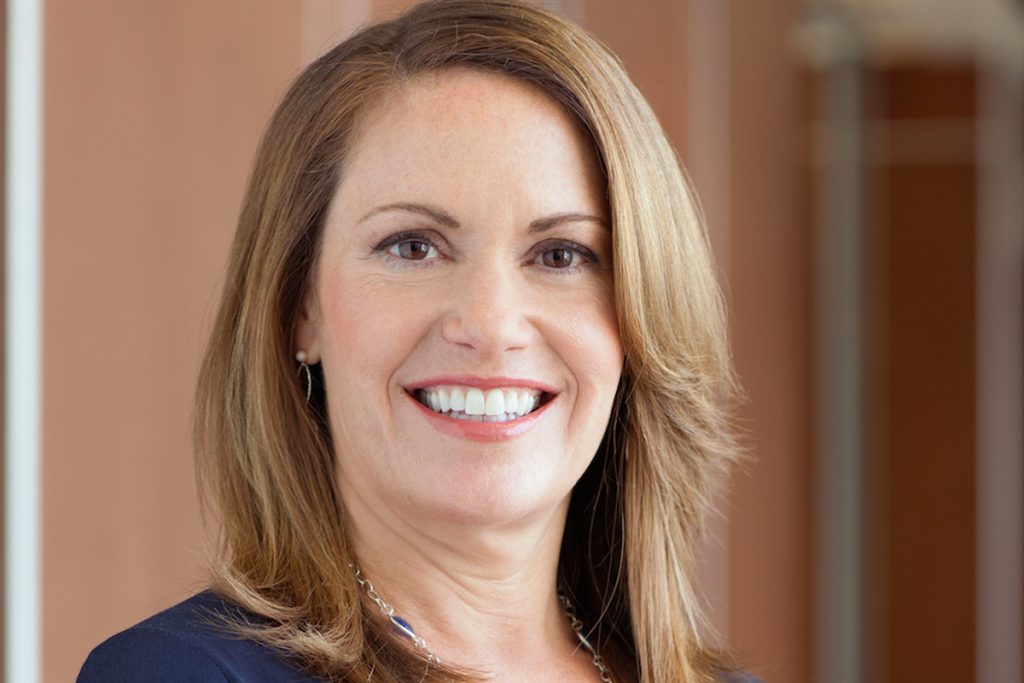
Peggy Johnson currently serves as Microsoft’s Executive Vice President of Business Development. Before joining Microsoft, she held the position of Executive Vice President and President of Global Market Development at Qualcomm. Johnson holds a bachelor’s degree in electrical engineering from San Diego State University
Google’s Diane Greene

Diane Greene is leading a new team in Google that combines all of the company’s cloud businesses. Google’s goal is make its cloud business bigger than its ad business by 2020. Greene holds a bachelor’s degree in mechanical engineering from the University of Vermont.
Apple’s Tara Bunch

Tara Bunch is vice president of AppleCare, Apple’s technical-service and support organization. Bunch joined Apple in 2012 after a 20-year career at Hewlett-Packard, where she was a senior vice president of global customer service and support operations. Bunch graduated from the University of California, Berkeley, where she earned a bachelor’s degree in Mechanical Engineering.
Bechtel’s Barbara Rusinko
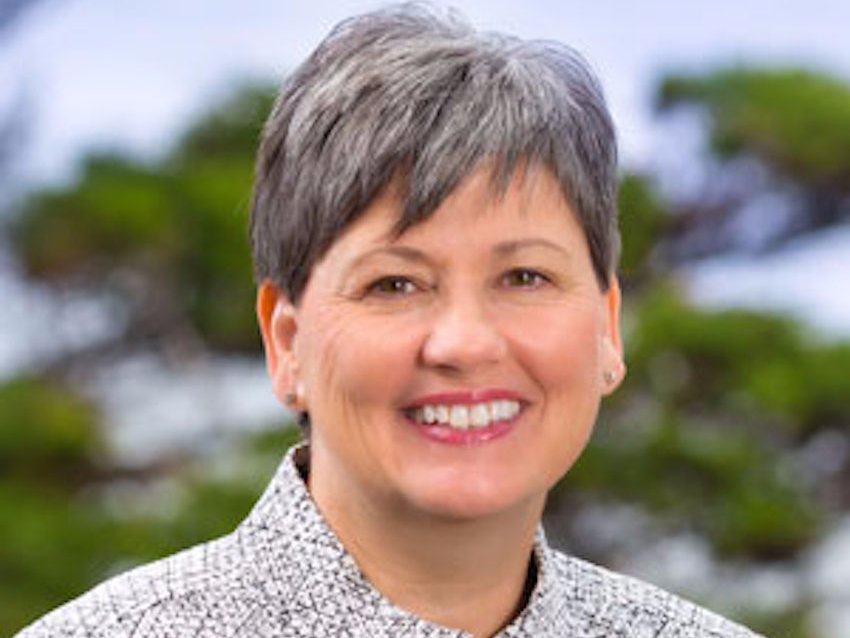
Barbara Rusinko is president of Bechtel Nuclear, Security & Environmental, Inc. (NS&E). Barbara is a registered professional engineer with a bachelor’s degree in mechanical engineering from the University of South Carolina, and a master’s degree in engineering from the University of Alabama – Huntsville. She serves on the corporate partnership council of the Society of Women Engineers.
Pilot’s Jessica McKellar
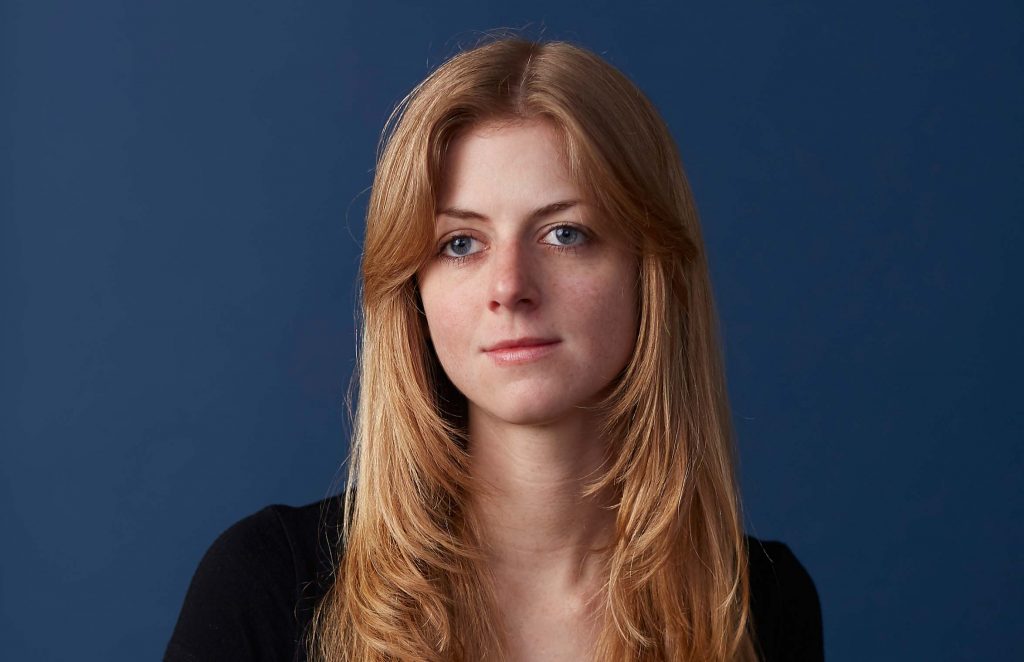
Jessica McKellar is founder and CTO at Pilot, a bookkeeping service. Prior to founding Pilot, Jessica was director of engineering at Dropbox and a major figure in the world of Python, a popular web-development programming language. McKellar attended the Massachusetts Institute of Technology and studied computer science and chemistry.
Ford’s Reates Curry
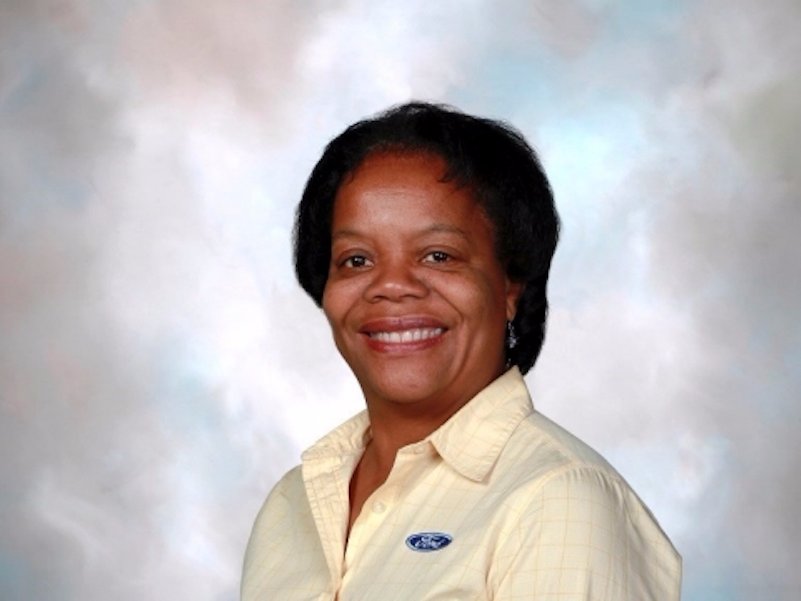
Reates Curry has been at Ford Motor Company since 1995 working with the Driving Simulator Team. Her expertise is in the area of human-machine/computer interaction with an emphasis on developing metrics for safe and efficient in-vehicle technology design and testing of human-machine interfaces (HMIs). Curry has a BS in Electrical Engineering from the University of Missouri-Columbia, a Master’s in Electrical Engineering from Purdue University, and a PhD in Biomedical Engineering from Rutgers University where she did her research in the area of Machine Vision.
Amazon’s Sharon Chiarella

Sharon Chiarella is the Vice President of Community Shopping at Amazon where she leads the team responsible for iconic Amazon experiences including Customer Reviews and Wish Lists. Prior to joining Amazon in 2007, Ms. Chiarella held leadership positions at Microsoft, Yahoo!, Kodak, and Presto Services. She earned her bachelor’s degree in computer science from Manhattan College and her MBA from Harvard Business School.
Google’s Anna Patterson

Anna Patterson, PhD has been described as one of the most important women in technology. She is currently Founder and Managing Partner at Gradient Ventures and Vice President of Engineering at Google. Patterson received her B.S. in Computer Science and another in Electrical Engineering from Washington University and her Ph.D. from the University of Illinois at Urbana–Champaign and was a Research Scientist at Stanford University in Artificial Intelligence working with John McCarthy on Phenomenal Data Mining and Carolyn Talcott on theorem provers.
VMware’s Yanbing Li

Yanbing Li is senior vice president and general manager of VMware’s Storage and Availability business unit. The group’s products are used by over 7,000 companies, VMware says, and the team has 1000 people in 5 countries. Li has a PhD in electrical engineering and computer engineering.
Make in LA’s Noramay Cadena
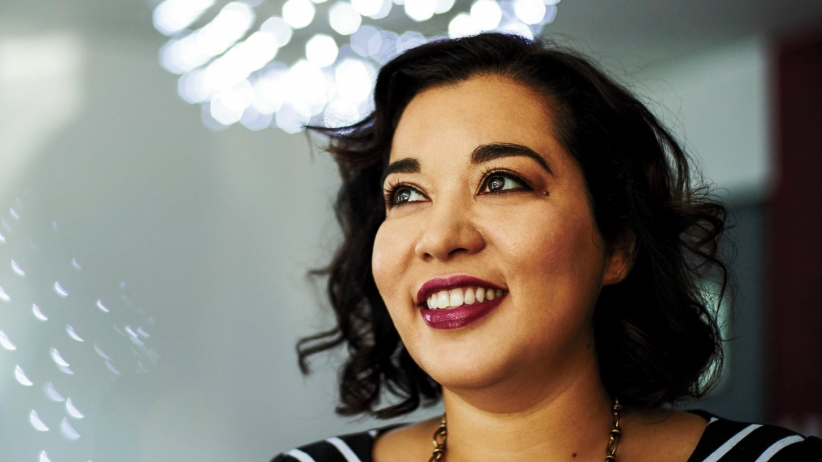
Noramay Cadena is a cofounder of Make in LA, a startup accelerator focused on hardware projects. Prior to that, spent over 12 years working across multiple business units at The Boeing Company. She led process improvement strategies across large development programs to help the company break the cost curve associated with bringing large programs to market. Noramay holds an MBA, a Master’s in Engineering Systems and a Bachelor’s in Mechanical Engineering – all from the Massachusetts Institute of Technology (MIT).
